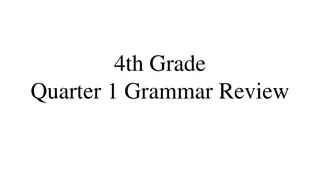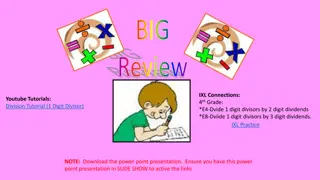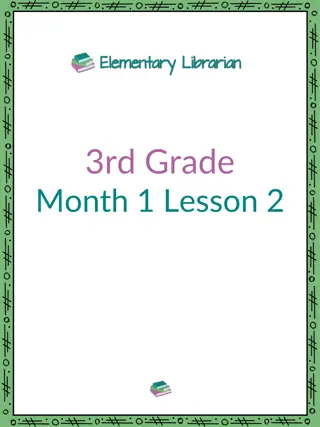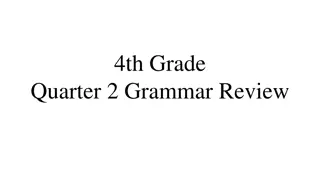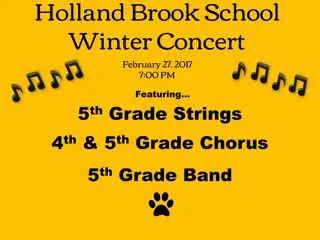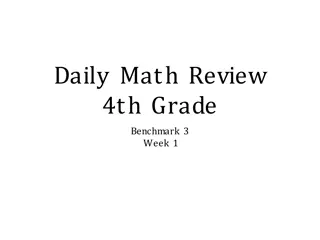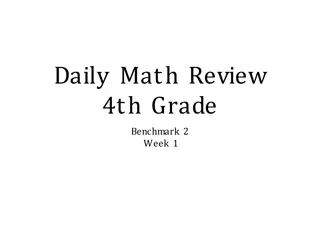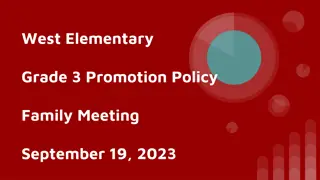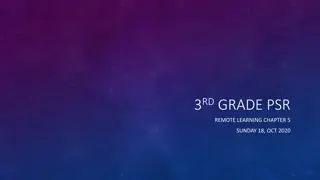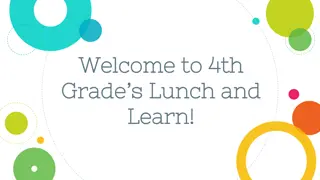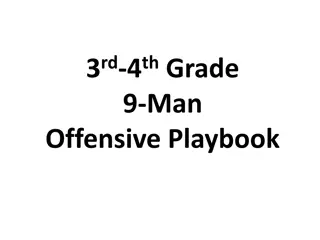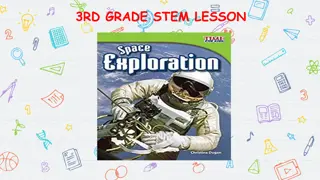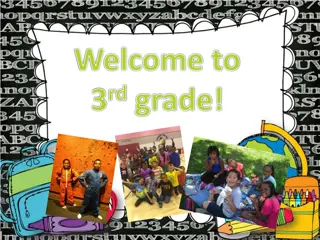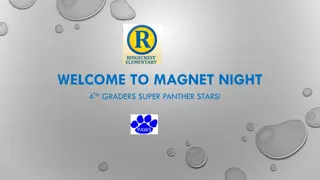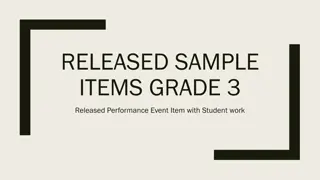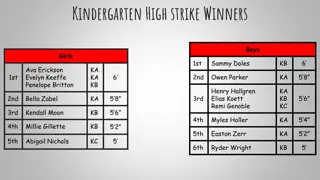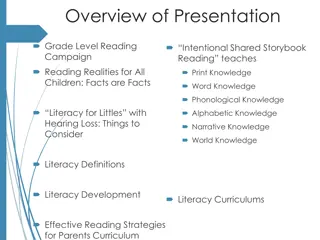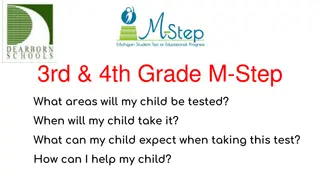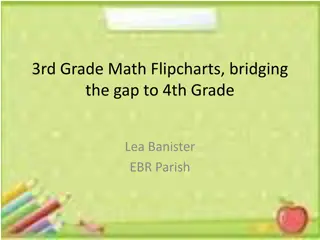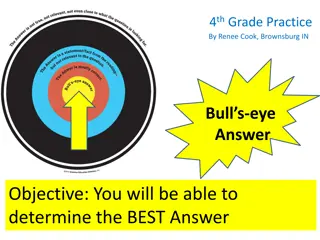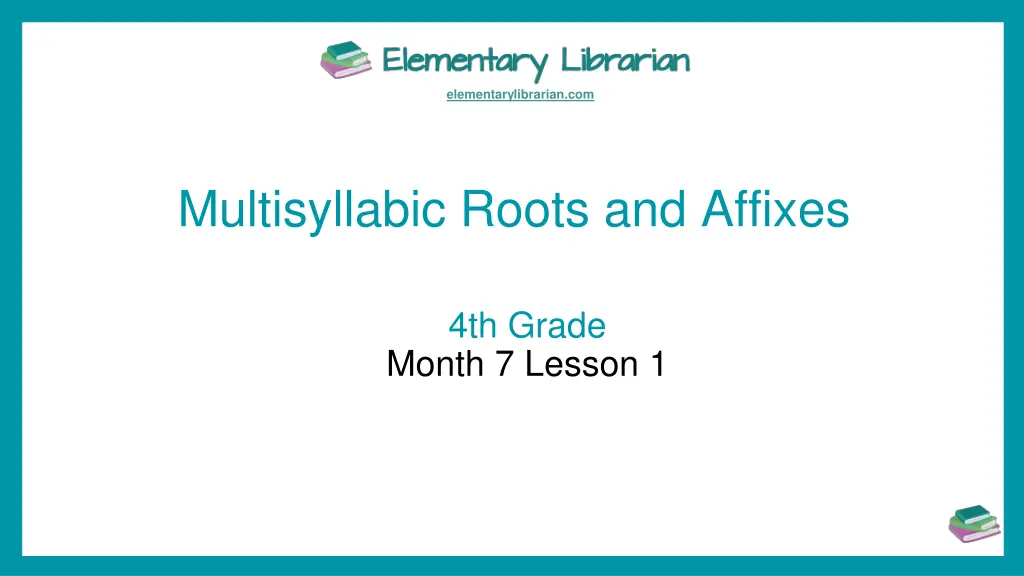
Exploring Multisyllabic Roots and Affixes
Enhance your 4th-grade students' vocabulary skills with this lesson on forming and using multisyllabic words, including identifying root words and affixes. By practicing circling and underlining words, students will develop a deeper understanding of word construction and meanings.
Download Presentation

Please find below an Image/Link to download the presentation.
The content on the website is provided AS IS for your information and personal use only. It may not be sold, licensed, or shared on other websites without obtaining consent from the author. If you encounter any issues during the download, it is possible that the publisher has removed the file from their server.
You are allowed to download the files provided on this website for personal or commercial use, subject to the condition that they are used lawfully. All files are the property of their respective owners.
The content on the website is provided AS IS for your information and personal use only. It may not be sold, licensed, or shared on other websites without obtaining consent from the author.
E N D
Presentation Transcript
elementarylibrarian.com Multisyllabic Roots and Affixes 4th Grade Month 7 Lesson 1
Learning Objective At the end of the lesson, students should be able to form and use multisyllabic words. I can Statement I can form and use multisyllabic words.
Lesson 1: Multisyllabic Roots and Affixes Circle the multisyllabic words that are considered root words.
Lesson 1: Multisyllabic Roots and Affixes Circle the multisyllabic words that are considered root words. ANSWER GUIDE
Lesson 1: Multisyllabic Roots and Affixes Multisyllabic words are words that have two or more syllables. Generally, words become multisyllabic because of different word elements such as affixes, blending, and compounding. However, not all multisyllabic words are derived. Some words are multisyllabic, but are only root words. Previously, you learned that many Latin and Greek affixes affect the meaning of a root word once they are attached to it. The same process happens to multisyllabic root words. Example: 1. The teachers literally (literal and -ly literally) went through the list one by one twice. The multisyllable word literal means the usual meaning of the word. The suffix -ly means how something is. Literally means it is done as it is. 1. The deconstruction (de- and construct) of the poem was nicely done. The multisyllabic word construct means to make or form. The prefix de- means the reverse of something. The word deconstruct means to separate the elements to examine the parts.
Lesson 1: Multisyllabic Roots and Affixes LET S TRY! Underline the word that best completes the sentence. 1. The (humanitistic, humanity) idea of the poem brings impact to the reader. 2. (Romantic, Romanticism) poems are really interesting to read and study. 3. Objects are (personified, personification) in the poem. 4. The poem is an example of an (autobiography, biography). 5. The (universal, university) message of the poem is quite obvious. 6. The poem (composer, composition) adds to its aesthetics.
Lesson 1: Multisyllabic Roots and Affixes LET S TRY! Underline the word that best completes the sentence. ANSWER GUIDE 1. The (humanitistic, humanity) idea of the poem brings impact to the reader. 2. (Romantic, Romanticism) poems are really interesting to read and study. 3. Objects are (personified, personification) in the poem. 4. The poem is an example of an (autobiography, biography). 5. The (universal, university) message of the poem is quite obvious. 6. The poem (composer, composition) adds to its aesthetics.
Lesson 1: Multisyllabic Roots and Affixes LET S TRY! Read the lines from the story Lisa s First Spelling Bee. Underline the word that best completes the sentence. 6. Later that day Mrs. Roberts asked Liza if she could stay for a couple of minutes after class (dismissal, dismissed). 7. Mr. Jordan was very impressed with Lisa s (creativity, creator) and her word choice. 8. Some of Lisa s (favorable, favorite) words are lollipop, balloon and purple. 9. Liza was holding her own and continued to (unsuccessful, successfully) spell difficult words including economy, avenue, tissue and station over the next several rounds. 10. She knew her word knowledge was helping her succeed because she could (visualize, visualizer) the words.
Lesson 1: Multisyllabic Roots and Affixes LET S TRY! Read the lines from the story Lisa s First Spelling Bee. Underline the word that best completes the sentence. ANSWER GUIDE 6. Later that day Mrs. Roberts asked Liza if she could stay for a couple of minutes after class (dismissal, dismissed). 7. Mr. Jordan was very impressed with Lisa s (creativity, creator) and her word choice. 8. Some of Lisa s (favorite, unfavorable) words are lollipop, balloon and purple. 9. Liza was holding her own and continued to (unsuccessful, successfully) spell difficult words including economy, avenue, tissue and station over the next several rounds. 10. She knew her word knowledge was helping her succeed because she could (visualize, visualizer) the words.

